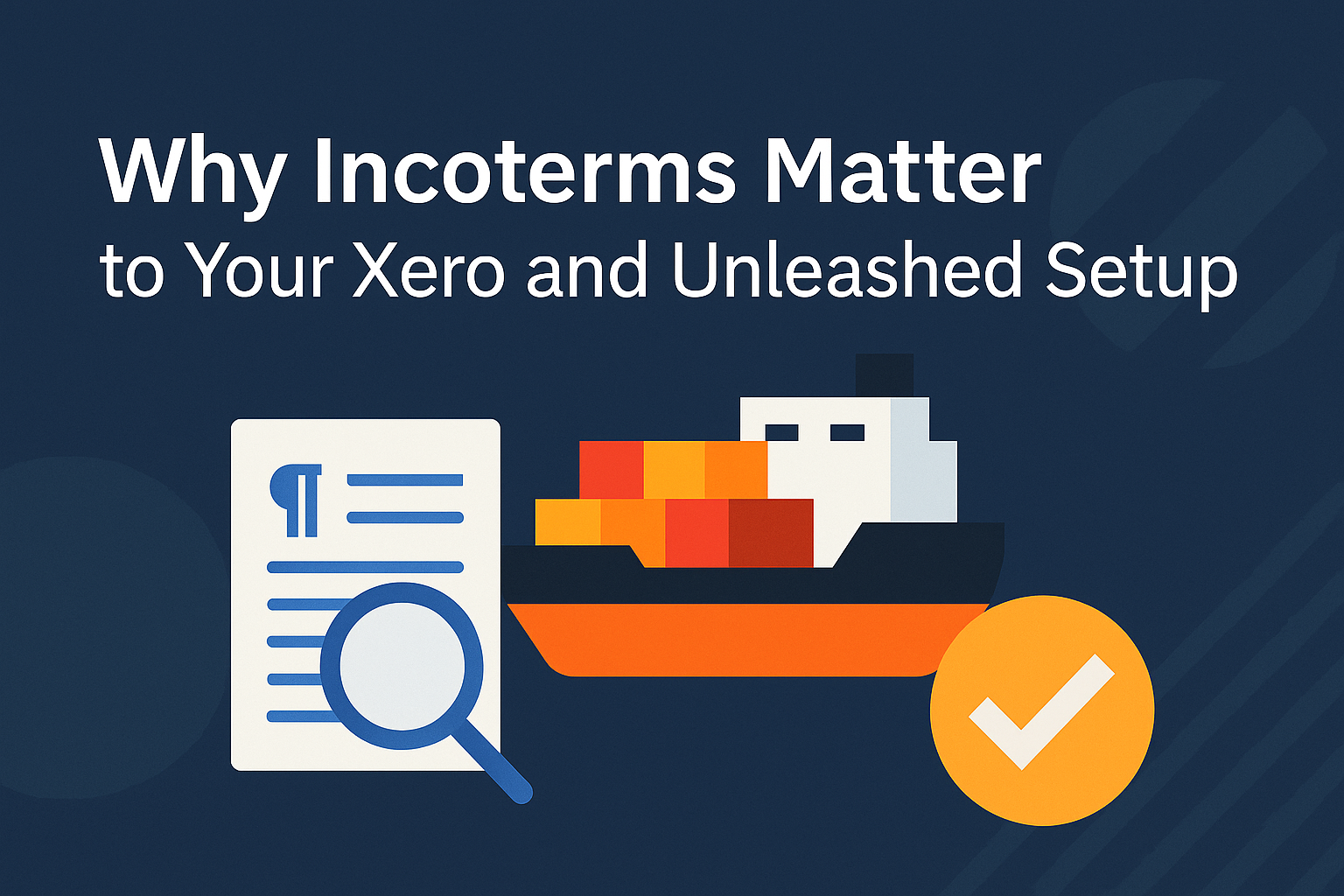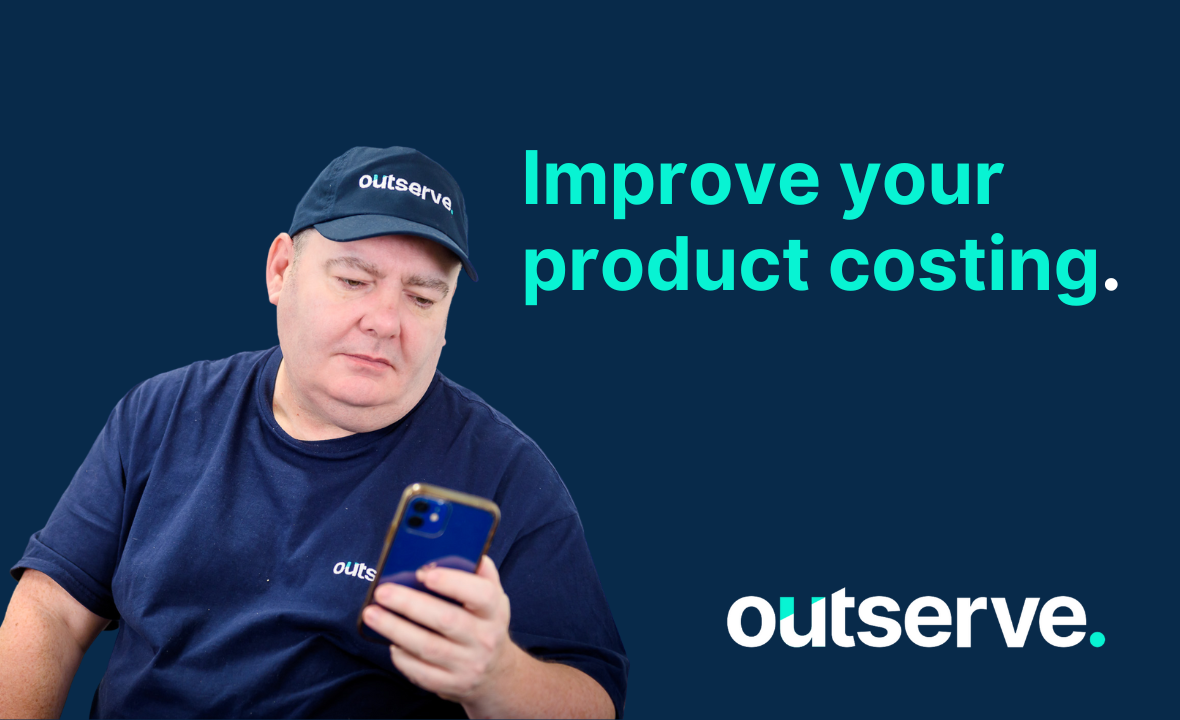Improve Your Product Costing
Using spreadsheets (cough) for managing Bills of Materials is just a bit grim, isn’t it? Feels rather 2004… We completely appreciate spreadsheets...

Complete accounting solutions focussed on profit and growth
Inventory management systems play a crucial role in thriving product businesses
Automating your core systems is the key to efficiency and effectiveness

Scalable software that grows with you
Product and inventory software that makes sense
Seamless integrations and automations

Whether they use a single solution or a full end-to-end integration of multiple software packages we are proud to be a part of our client's success.
5 min read
 Jay Mann
:
May 30, 2025 12:03:28 PM
Jay Mann
:
May 30, 2025 12:03:28 PM

By Jay Mann
Incoterms, short for International Commercial Terms, are essentially a set of predefined terms widely used in international and domestic trade to clearly outline ownerships, responsibilities and risks associated with the transport and delivery of goods. These can have significant negative impacts on the integrity of data in your Xero and Unleashed systems if these are neglected.
The most updated set of rules is laid out in Incoterms® 2020. This includes 11 terms divided into 2 categories:
All of the Incoterms may have different procedures to correctly operate within Xero and Unleashed.
It is essential that the incoterms used are reflected within your Xero accounts. When the risk and ownership of goods transfer from the seller to buyer, the seller should now recognise revenue and the buyer the asset (in accordance with accounting standards such as IFRS 15, ASC 606, IAS 16 or ASC 360 etc).
As a result, the buyer should only receipt goods in Unleashed once the ownership has transferred, though consideration should be placed on whether an ‘In-transit’ warehouse should be used until goods actually arrive. Within Xero this may be classified as stock, though an ‘In-Transit’ nominal may be used especially when trying to observe management accounts.
In addition, the sale is only complete in regards to the seller, once the ownership is transferred, and no sale should be finalised in either system until then.
Risk Management
Incoterms specify the exact point at which the risk of loss or damage to the goods transfers from the seller to the buyer. This has Xero and Unleashed implications related to potential inventory write-offs and insurance claims:
Cost Allocation
Each Incoterm clearly details the responsibilities of the buyer and seller regarding expenses such as transportation, insurance, and customs clearance costs. If the Incoterm means that you bear risk, these relevant expenses should be dealt with in Unleashed.
Accurately allocating these costs according to the agreed Incoterm is crucial for determining the true cost of goods sold and the profitability of transactions. These costs may also need to be factored into inventory valuation, as a result, they should be added as charge lines in Unleashed to increase the value of stock, and eventually flow into Xero as a bill.
Inventory Ownership and Valuation
Incoterms clearly define when the legal title and the risks associated with the goods transfer from the seller to the buyer. This is crucial for inventory management because it determines when the goods should be recorded in the buyer's inventory and removed from the seller's inventory.
The costs associated with bringing inventory to its present location and condition are included in its valuation (as per IAS 16). Incoterms directly influence which costs are incurred by the buyer and seller and, therefore, which costs might be included in the buyer's inventory valuation within Unleashed as charge lines to calculate landed costs.
Failure to properly account for Incoterm-related costs in inventory valuation can lead to an inaccurate representation of inventory value on the balance sheet and miscalculation of cost of goods sold on the profit and loss account in Xero.
In Unleashed, accurate landed cost allocation is essential for calculating the true cost of inventory and maintaining reliable margins. Incoterms directly influence landed cost treatment by identifying which party is responsible for charges such as freight, insurance, and customs duties. When the buyer assumes these responsibilities, they can be added to inventory valuation as charge lines in Unleashed. This ensures that the landed cost accurately reflects all expenses incurred in bringing stock to its usable condition and location. Failing to integrate Incoterm-based costs can distort margin reporting and misstate the value of goods in both Unleashed and the financial accounts synced with Xero, leading to skewed business decisions and compliance issues.
Don’t let Incoterms be an afterthought, they directly impact your bottom line, your reporting accuracy, and your compliance. At Outserve, we help businesses like yours integrate best practices into Xero and Unleashed, ensuring your systems reflect the true cost, risk and ownership of your goods.
Contact our team today for a personalised consultation and turn complex logistics into streamlined, accurate operations.

Using spreadsheets (cough) for managing Bills of Materials is just a bit grim, isn’t it? Feels rather 2004… We completely appreciate spreadsheets...

Pain free accounting – sounds too good to be true, right?